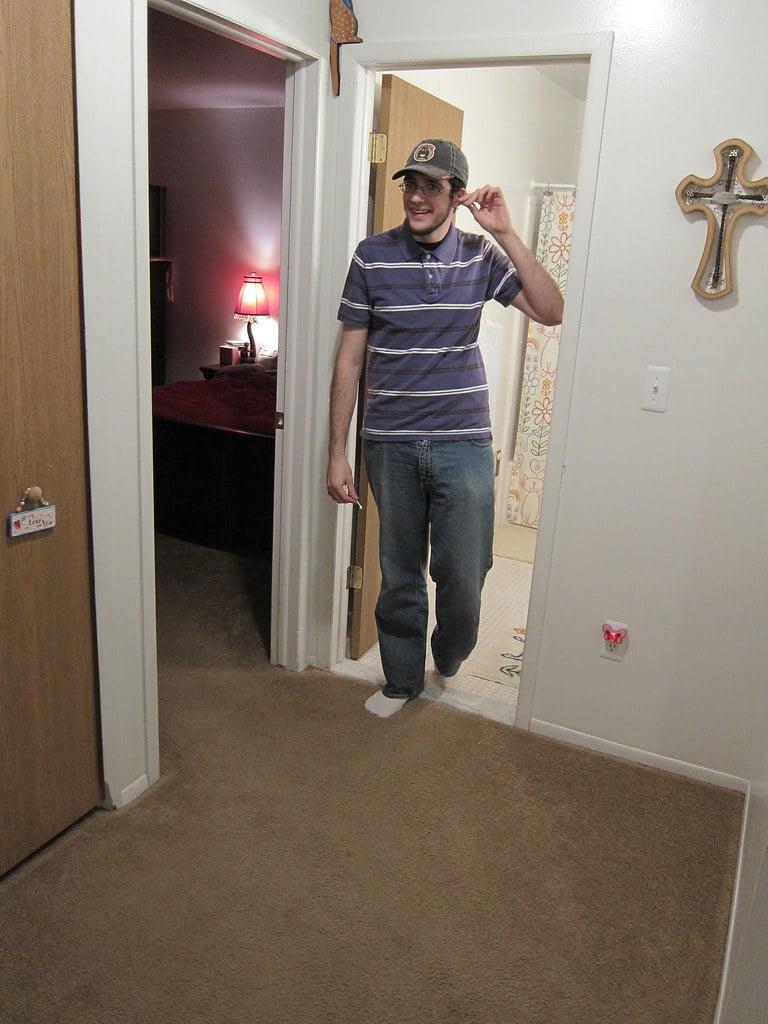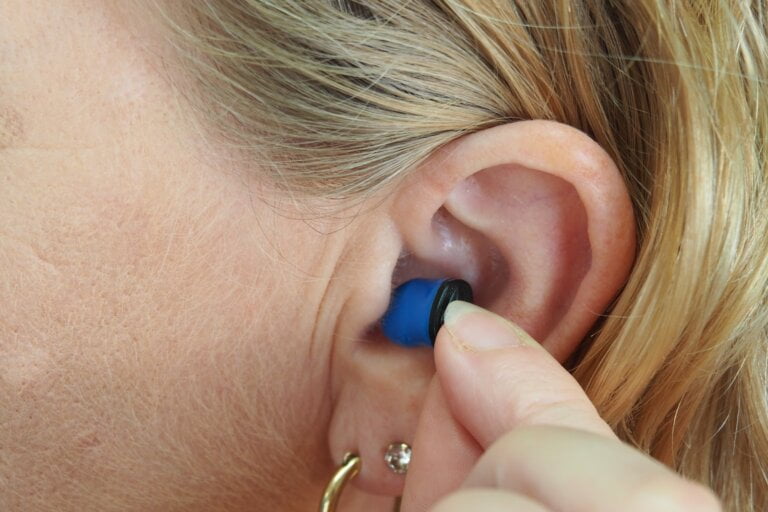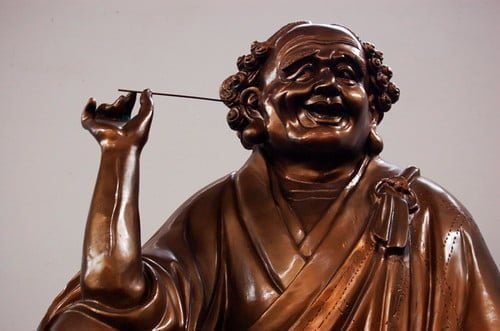Evaluating the Role of Non-Specialists in Manual Instrument Ear Wax Removal
Last Updated on 3rd May 2024 by Admin
In recent years, there has been a growing interest in exploring the role of non-specialists in manual instrument ear wax removal. Traditionally, this procedure has been performed exclusively by ear, nose, and throat (ENT) specialists or audiologists. However, with the increasing demand for ear wax removal services and long waiting lists, the medical community is now considering the involvement of non-specialists in this field. This article aims to evaluate the potential benefits and risks associated with non-specialists performing manual instrument ear wax removal and shed light on the considerations that need to be taken into account.
Understanding Manual Instrument Ear Wax Removal
Before delving into the evaluation of non-specialists’ role, it is important to understand what manual instrument ear wax removal involves. Ear wax, medically known as cerumen, is a waxy substance produced by the ear canal to protect and lubricate the ear. In some cases, excessive cerumen can accumulate and lead to symptoms such as hearing loss, tinnitus, and earache. Manual instrument ear wax removal is a procedure that involves the use of various instruments, such as curettes and forceps, to carefully remove the excess wax and alleviate the associated symptoms.
Ear wax removal is a common procedure performed by specialists to address the discomfort and symptoms caused by excessive cerumen. The process typically starts with a thorough examination of the ear canal using an otoscope, a handheld instrument with a light source. This allows the specialist to assess the extent of the wax buildup and determine the most appropriate approach for removal. Manual instrument ear wax removal involves the skilled use of tools like curettes, which are spoon-shaped instruments designed to scoop out the wax, or forceps, which can grip and extract larger or more stubborn pieces of wax.
It is important to note that while manual instrument ear wax removal can be effective in relieving symptoms, it should only be performed by trained professionals. This is because the ear canal is a delicate and sensitive area, and improper techniques or instruments can potentially cause damage. Non-specialists who are considering performing this procedure should undergo comprehensive training to ensure they have the necessary knowledge and skills to safely and effectively remove ear wax.
The Need for Non-Specialists in Ear Wax Removal
One of the primary reasons for exploring the role of non-specialists in manual instrument ear wax removal is the increasing demand for these services. Many people experience ear wax-related symptoms and seek professional help for relief. Unfortunately, the limited number of ENT specialists and audiologists often results in long waiting times, causing inconvenience and discomfort for patients. By involving non-specialists in ear wax removal, it may be possible to reduce waiting lists, improve accessibility, and provide timely relief to those in need.
The demand for ear wax removal services has been steadily increasing, driven by factors such as an aging population and improved awareness of the importance of ear health. This has put a strain on the existing healthcare system, leading to longer waiting times for patients seeking treatment. Non-specialists, such as primary care physicians, nurses, and other healthcare professionals, can play a crucial role in addressing this issue. By undergoing specialized training in manual instrument ear wax removal, these non-specialists can provide an additional resource to meet the growing demand for services.
Expanding the pool of professionals who can perform ear wax removal has several potential benefits. Firstly, it can help alleviate the burden on ENT specialists and audiologists, allowing them to focus on more complex cases and procedures. Secondly, it can reduce waiting times, ensuring that patients receive timely care and relief from their symptoms. Additionally, involving non-specialists in ear wax removal can improve accessibility, particularly in rural or underserved areas where access to specialized care may be limited. By leveraging the skills and expertise of non-specialists, the healthcare system can more effectively meet the needs of individuals seeking ear wax removal services.
Benefits of Non-Specialists in Manual Instrument Ear Wax Removal
- Increased Availability: The involvement of non-specialists in ear wax removal can significantly increase the availability of these services. Primary care physicians, nurses, and other healthcare professionals can be trained to perform this procedure, effectively expanding the number of individuals capable of providing ear wax removal services.
By training non-specialists in manual instrument ear wax removal, healthcare systems can increase the availability of these services. Primary care physicians, who are often the first point of contact for patients seeking medical care, can be equipped with the necessary skills and tools to safely and effectively remove ear wax. This not only expands the pool of professionals who can provide these services but also ensures that patients have access to ear wax removal without the need for a referral to a specialist. Nurses and other healthcare professionals can also play a role in delivering ear wax removal services, further enhancing accessibility.
- Shorter Waiting Times: With more professionals trained in manual instrument ear wax removal, waiting times for patients can be significantly reduced. This allows individuals to receive prompt attention and treatment, minimizing the impact of ear wax-related symptoms on their daily lives.
Long waiting times for ear wax removal can be frustrating and uncomfortable for patients. By involving non-specialists in the delivery of these services, healthcare systems can reduce waiting times and provide more timely care. Non-specialists who are trained to perform manual instrument ear wax removal can see patients sooner, ensuring that symptoms are addressed promptly. This not only improves patient satisfaction but also minimizes the potential impact of ear wax-related symptoms on individuals’ daily lives, such as hearing difficulties or discomfort.
- Cost-Effectiveness: Non-specialists providing ear wax removal services can potentially help reduce healthcare costs. As non-specialists often have lower consultation fees compared to specialists, patients may have a more affordable option for accessing ear wax removal services.
Healthcare costs can be a significant barrier to accessing specialized care, including ear wax removal. By involving non-specialists in the delivery of these services, healthcare systems can offer a more cost-effective option for patients. Non-specialists often have lower consultation fees compared to specialists, making ear wax removal more affordable and accessible. This can benefit individuals who may not have insurance coverage or who are looking for more budget-friendly options. By reducing the financial burden associated with ear wax removal, non-specialists can make these services more accessible to a wider range of patients.
- Primary Care Integration: Integrating ear wax removal into primary care settings can enhance patient-centered care. Non-specialist providers who are familiar with their patients’ medical histories and overall health can offer personalized care during the ear wax removal process.
Integrating ear wax removal into primary care settings can have several advantages. Non-specialist providers, such as primary care physicians, often have an existing relationship with their patients and are familiar with their medical histories and overall health. This allows for a more holistic approach to ear wax removal, taking into account the individual’s specific needs and medical background. Non-specialists can offer personalized care, tailoring the ear wax removal procedure to each patient’s unique circumstances. This integration of ear wax removal into primary care settings enhances patient-centered care and ensures that individuals receive comprehensive and continuous healthcare.
In addition to performing the procedure itself, non-specialist providers can also educate patients about ear wax management and preventive measures. By providing information on proper ear hygiene and recommending regular check-ups, non-specialists can empower patients to take proactive steps in maintaining their ear health. This integration of ear wax removal into primary care settings not only improves accessibility but also promotes patient engagement and overall well-being.
Risks and Considerations
While the involvement of non-specialists in manual instrument ear wax removal offers several potential benefits, it is crucial to acknowledge and address the associated risks and considerations:
- Training and Competency: Non-specialists must receive adequate training and demonstrate competency in performing manual instrument ear wax removal. This training should cover the proper use of instruments, potential complications, and recognition of limitations. Regular updates and assessments of skills should also be implemented to ensure ongoing competence.
One of the key considerations when involving non-specialists in manual instrument ear wax removal is ensuring that they receive proper training and demonstrate competency in performing the procedure. Ear wax removal requires specific knowledge and skills to ensure its safe and effective execution. Non-specialists should undergo comprehensive training programs that cover the anatomy of the ear, proper use of instruments, potential complications, and recognition of limitations. This training should be ongoing to keep non-specialists up to date with the latest techniques and best practices in ear wax removal. Regular assessments of skills and competencies should also be conducted to ensure that non-specialists maintain their proficiency in performing the procedure.
- Patient Safety: Patient safety is of utmost importance when considering the involvement of non-specialists in any medical procedure. Strict adherence to infection control measures, appropriate sterilization of instruments, and thorough knowledge of anatomy are essential to minimize potential risks and complications during ear wax removal.
Patient safety should always be the top priority when it comes to any medical procedure, including ear wax removal. Non-specialists must adhere to strict infection control measures to prevent the spread of infections and ensure a safe environment for patients. This includes proper hand hygiene, the use of sterile instruments, and the implementation of appropriate disposal methods for used materials. Non-specialists should also have a thorough understanding of the anatomy of the ear to minimize the risk of accidental injury during the procedure. By prioritizing patient safety and implementing stringent protocols, non-specialists can perform manual instrument ear wax removal with minimal risks and complications.
- Referral Pathways: Clear referral pathways should be established to ensure that non-specialists can recognize and refer cases that require specialized care. This includes identifying patients with complex ear conditions, contraindications for manual instrument ear wax removal, or cases where complications arise during the procedure.
While non-specialists can provide ear wax removal services to a wide range of patients, it is essential to establish clear referral pathways for cases that require specialized care. Non-specialists should be able to recognize when a patient’s condition is beyond their scope of practice or expertise. This includes identifying patients with complex ear conditions, such as those with a history of recurrent ear infections or structural abnormalities. Non-specialists should also be aware of contraindications for manual instrument ear wax removal, such as the presence of a perforated eardrum or active ear infection. In cases where complications arise during the procedure, non-specialists should be prepared to refer the patient to an ENT specialist or audiologist for further evaluation and management. By establishing clear referral pathways, non-specialists can ensure that patients receive the appropriate level of care and attention.
- Quality Assurance: Regular auditing and quality assurance processes should be implemented to monitor the outcomes and safety of ear wax removal performed by non-specialists. This ensures that high standards of care are maintained and any potential issues can be identified and addressed promptly.
To ensure the ongoing safety and quality of ear wax removal performed by non-specialists, regular auditing and quality assurance processes should be implemented. This involves monitoring the outcomes of the procedure, assessing patient satisfaction, and evaluating any potential complications or adverse events. By collecting and analyzing this data, healthcare organizations can identify any areas for improvement and take corrective actions as necessary. Regular training updates and skills assessments can also be part of the quality assurance process to ensure that non-specialists maintain their competence in performing ear wax removal. By implementing these measures, healthcare systems can maintain high standards of care and continuously improve the quality of services provided by non-specialists.
Conclusion
In conclusion, the role of non-specialists in manual instrument ear wax removal presents potential benefits in terms of increased availability, shorter waiting times, cost-effectiveness, and primary care integration. However, careful consideration of training, patient safety, referral pathways, and quality assurance is necessary to mitigate associated risks. By striking a balance between accessibility and safety, non-specialists can contribute to relieving symptoms associated with ear wax accumulation, ultimately improving the overall healthcare experience for individuals seeking ear wax removal services.






